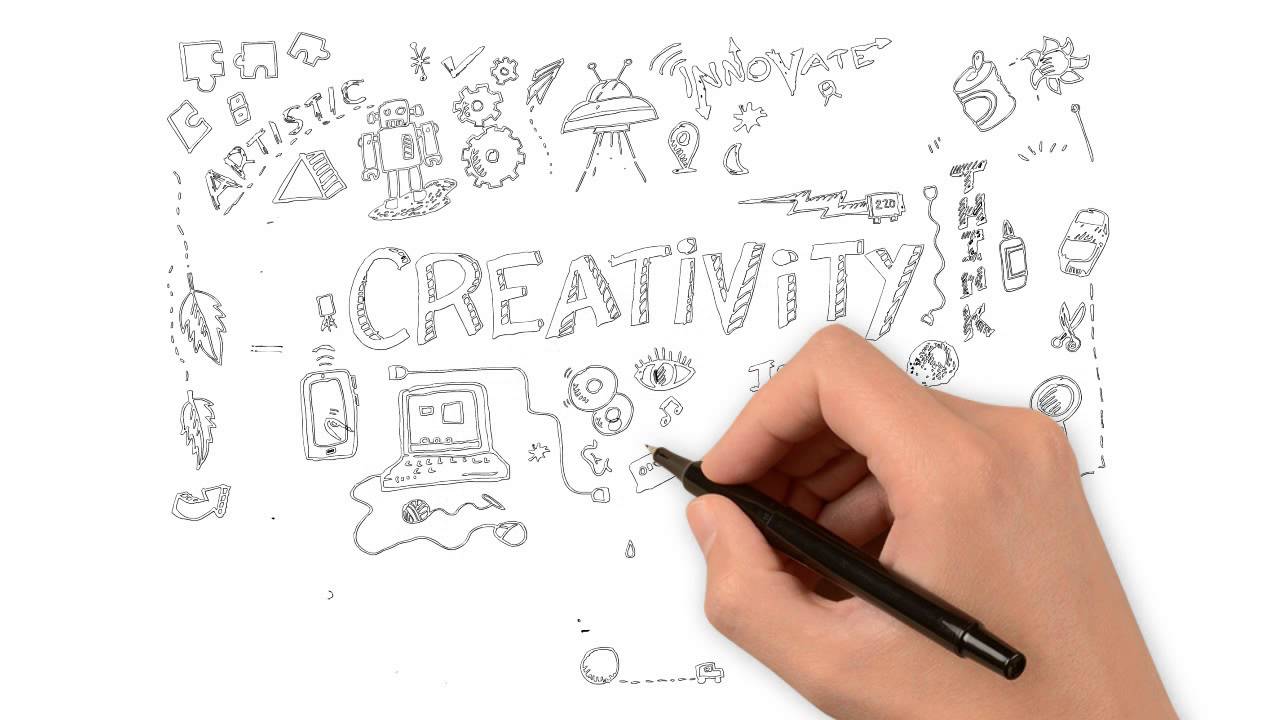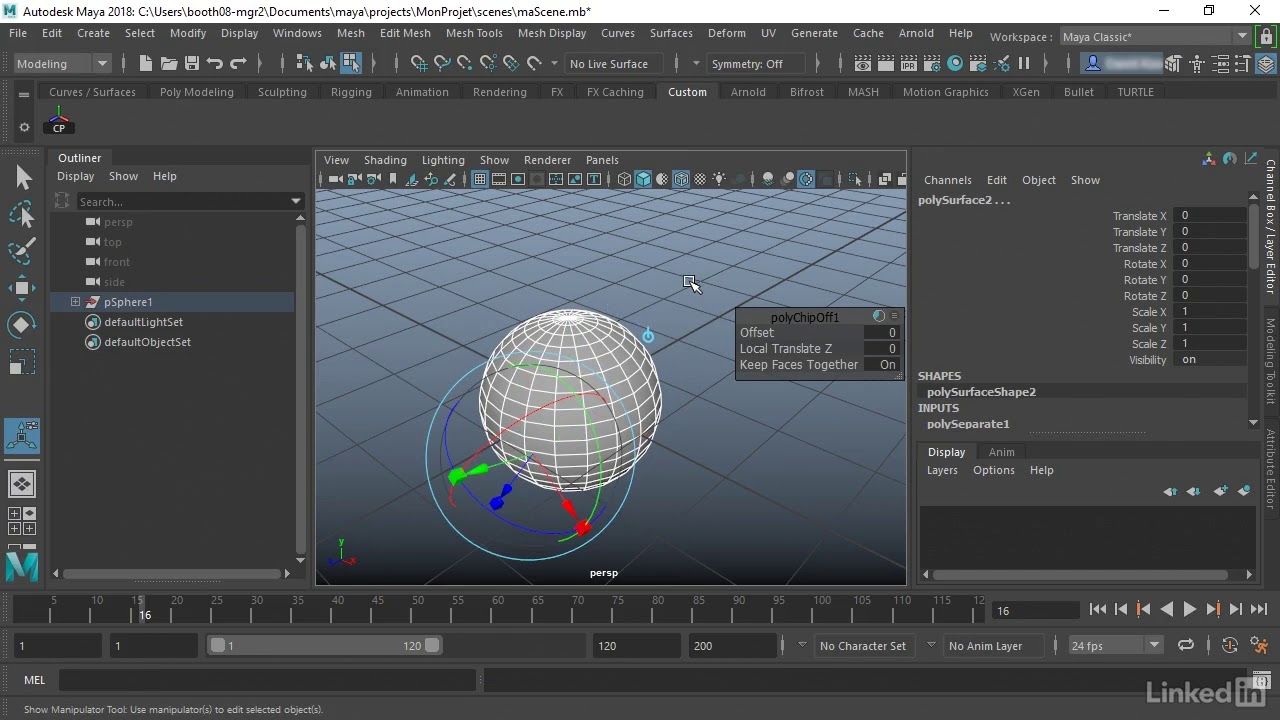This course aims to develop the skill & knowledge of Web page design. Students will understand the knowhow and can function either as an entrepreneur or can take up jobs in the multimedia and Web site development studio and other information technology sectors.

- Teacher: Princess Jenan Kasuyo
This course introduces students to the importance of civic consciousness through the discussion of nationalism, patriotism, social responsibility, servant leadership and good citizenship values as pertinent concepts in participating in community service. It promotes activities contributory to the general welfare and betterment of life of the members of the community. It also aims to make students realize their vital role in nation building by advancing their involvement in public and civic affairs through awareness and participation in different advocacies and community service activities based on their capabilities. The knowledge and insights gained from this course prepares them in their training for a greater community engagement.

- Teacher: Princess Jenan Kasuyo
This course is one of the foundations in the effective rendition for higher levels of multimedia design and development. It introduces the steps and concepts necessary to draw realistically as well as learning how to perceive an object to create an effect of volume and space. Topics to be discussed include basic shapes, tone and value, texture, proportion, drapery material finishes, rendering techniques and perspective.

- Teacher: Joehaima Jul
- Teacher: Princess Jenan Kasuyo
This course assists students in the production of a professional portfolio and a public exhibition or showcase of select core projects. Developing curatorial skills for assessing the strengths and weaknesses of a portfolio and exhibit, students are guided in portfolio preparation (i.e. the selection and compilation of appropriate multimedia projects), strategies for the effective professional communication (i.e. presentation, interview) and the production processes involved in mounting a compelling public exhibit (i.e. conceptualization, budgeting, scheduling, management, logistics, and professional practices).

- Teacher: Princess Jenan Kasuyo
A study of the principles of the layout of electrical and electronic drawings, stressing modern representation used for block diagrams, wiring/assembly drawings, and printed circuit board layouts.

- Teacher: Princess Jenan Kasuyo
This course covers the basic statistical concepts such as descriptive measures, tabular and graphical representation of data, inferential statistics, sampling, hypothesis testing, correlation and regression analysis and the time series analysis. The course emphasized statistics to solve management problems. Case studies, spreadsheets, Excel Add-in Data Analysis ToolPak computer Software and Python are used.

- Teacher: Joehaima Jul
- Teacher: Princess Jenan Kasuyo
This course focuses on creating 3D models of diverse subjects (e.g characters, objects, architecture, environments) using current software and technologies. Topics include the elements and principles of computer geometry, lighting, text mapping and rendering.

- Teacher: Joehaima Jul
- Teacher: Princess Jenan Kasuyo
This course explores the basic elements and principles of color, introducing color design for a range of visual effects for multimedia projects. Topics include the development of color perception, expression, and application in traditional and digital arts.

- Teacher: Princess Jenan Kasuyo
The purpose of this course is to introduce and develop skills in applying essential and emerging business productivity information technology tools. Introduces and develops foundational skills The focus of this course is on business productivity software applications, including spreadsheets, databases, presentation graphics, data analytics, and business-oriented utilization of the internet.

- Teacher: Joehaima Jul
- Teacher: Princess Jenan Kasuyo
The purpose of this course is to introduce and develop skills in applying essential and emerging business productivity information technology tools. Introduces and develops foundational skills The focus of this course is on business productivity software applications, including spreadsheets, databases, presentation graphics, data analytics, and business-oriented utilization of the internet.

- Teacher: Princess Jenan Kasuyo
- Teacher: Artche Padayhag